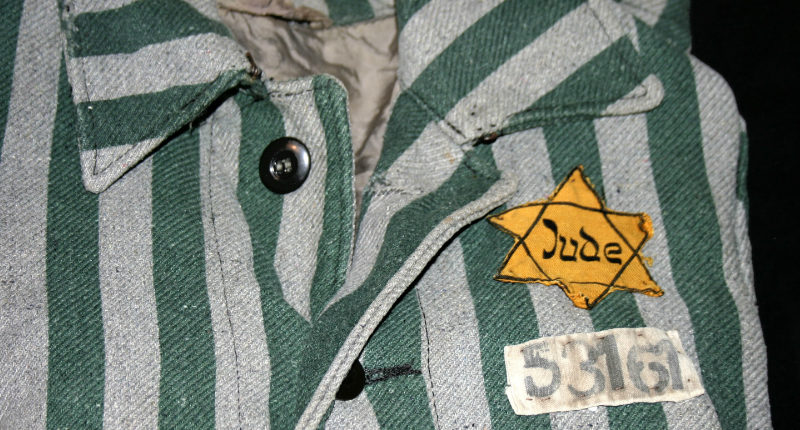It’s amazing to see high school students have a very real and emotional reaction to a classroom experience. Like when there’s silence in the room—except for the occasional sniffles of a tearful student reacting to the stories being told by a guest speaker.
The visitor can be talking about how he was kidnapped by a rebel army in Sudan and forced to do terrible things as a child soldier. It can be a survivor from the Rwandan Genocide, the Holocaust or the Holodomor. It can be the child or grandchild of a survivor talking about how, generations later, the trauma of the genocide still impacts their family and their wider community.
This very real learning is what happens when I teach a course called Genocide and Crimes Against Humanity. Students learn about society at its best and worst.
I’ve taught over 15 different courses from the Ontario Ministry of Education’s curriculum, but this is the one with the most profound impact on my students. Part of the reason is that students get to see or hear firsthand, the experience of being a victim of dehumanization, discrimination, and the attempted extermination of a nation, ethnicity, racial or religious group.
When a former child soldier was in my classroom, he explained how army jeeps roared into his community and encircled him and his friends when they were playing soccer. They took the kids away, trained them to shoot guns, and drugged them to keep them as child soldiers. Students cried when he told them how he was blindfolded and made to shoot, only to discover when the blindfold was taken off that he had killed his best friend. Those who kidnapped him had now trapped him by saying his home community would never forgive him for what he’d done, and that the kidnappers would now be his family and support because only they could understand him.
Another time, a survivor of the Holodomor, a man-made famine inflicted upon Ukrainians by Joseph Stalin in 1932-1933, relayed how all of his family’s food had been taken from them and they were starving to death. He shared how his parents had to make the decision to kill their dog so that the family could eat. I feared, as I have on many occasions, that my students wouldn’t be able to handle this part of the story, and that there might be some sort of inappropriate response.
But in that moment, as has happened in most moments, I was impressed by their thoughtfulness and their care for their fellow human beings.
Ultimately, that’s what this course is about: seeing people as people, and not belittling them because of where they are from, the colour of their skin, or their religion. It’s also about sharing first-hand accounts with the school community and beyond, because meeting survivors and hearing their personal testimonies is more powerful than reading the same story in a book or seeing it on TV.
There’s an activist approach to the course as well. On some days, the class creates a program or display to share with the entire school to commemorate a specific genocide. For example, April 24 is Armenian Genocide Remembrance Day, and the fourth Friday in November is Holodomor Memorial Day in schools. We have programs created by past and present students in the course to teach their fellow students about genocide.
Genocide is very much a contemporary topic, too. In the course, we examine how historical ones are being discussed in our world today. Occasionally, we’re faced with stories about people denying specific genocides.
We’ve read about Nazi death squad member Helmut Oberlander, who then moved from Germany to live the rest of his life in Canada. We must discuss the role current events play in the continuing story of the Holocaust. The class must deal with stories about inappropriate references to historical genocides to prove contemporary points, like the comparison of COVID-era Canada to Nazi Germany, with people wearing the yellow star at anti-vaccination protests.
The learning that happens in this class is something all students need. Very few high schools offer this course—or any course like it—and a lot of work needs to be done to infuse genocide education into classrooms. This won’t happen without the provincial education ministries understanding how crucial it is, and its relevance in promoting an anti-racist society today.
I ask for your help to make this information available to all students across Canada. Please call or email your provincial or territorial minister of education and the leadership at your local school board and stress to them the significance of this course to youth from coast to coast to coast.
Michael Anthony is a high school teacher with the Toronto District School Board. To discuss the course, he can be contacted at [email protected]
